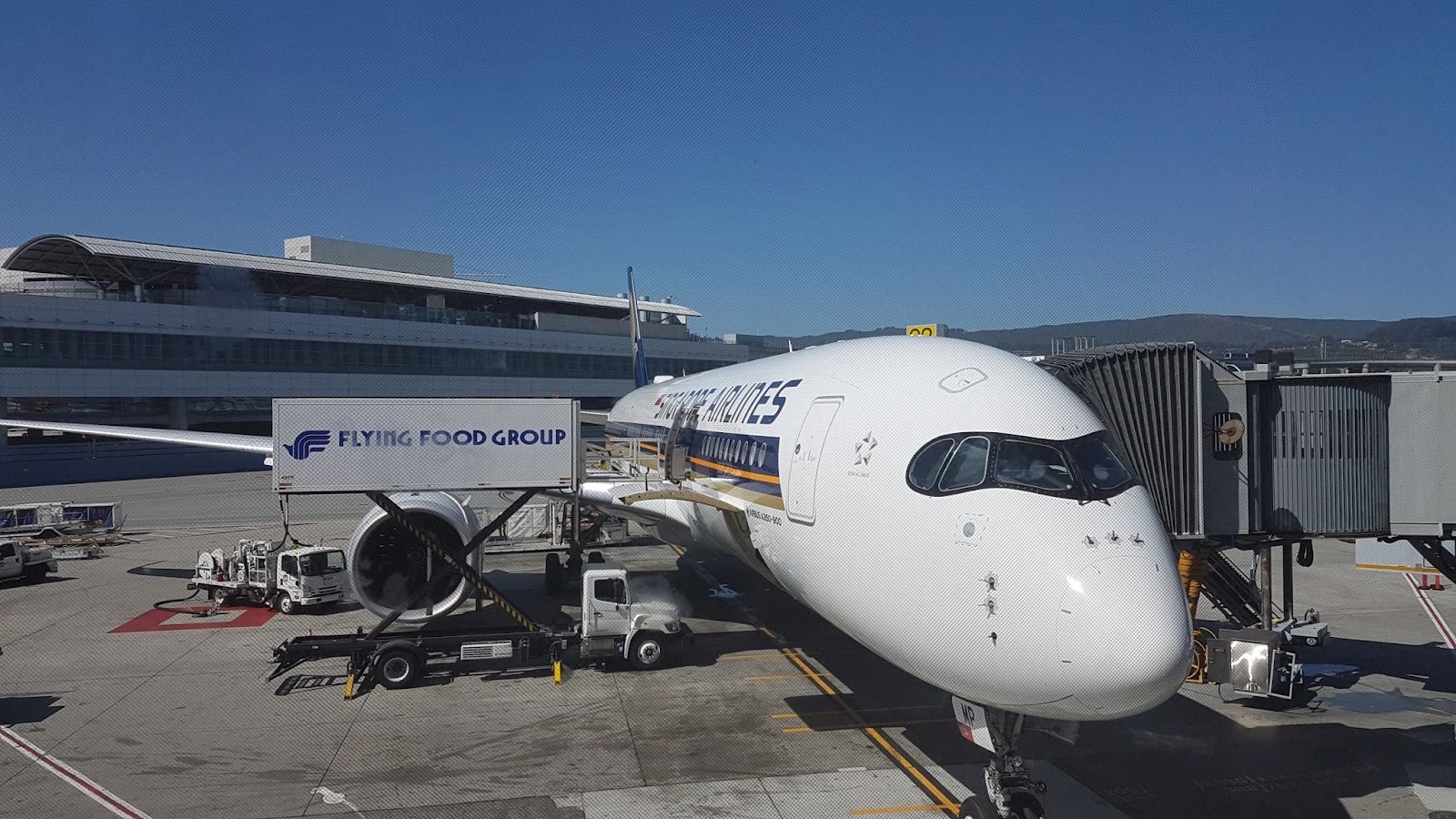It’s called the golden hour. That is how much time there is to respond to a crisis or incident breaking in the media.
Time is telescoped by digital and social media. Eyewitness accounts of events rocket out on Twitter at a speed once unimaginable.
So, says an expert, crisis management and communication plans are irresponsible or worse unless they include digital and social media.
This advice comes from Jane Jordan-Meier, author of The Four Stages of Highly Effective Crisis Management: how to manage the media in the digital age.
To her, crisis management plans and communication are flawed, incomplete and almost criminal if social media is not included. Just as news once broke off radio scanners, which pick up police and other emergency services messages, Twitter is now the “scanner” of this century. Twitter breaks the news and adds instant updates.
But before a looming crisis Tweets can be written in advance or prepared in template form, for every crisis follows a similar pattern. “Even if you don’t know all the facts you can say, `We’re aware and we’re investigating and we’ll update you as soon as we know more’,” says Jordan-Meier.
The impact of Twitter cannot be overstated. Jordan-Meier says a share price can drop quickly thanks to Twitter, which not only breaks news and gives updates but is also full of rumours and misconceptions.
Shares in Qantas plummeted when it was thought the airline had crashed in Indonesia. Once the airline got out the facts about an engine failure, however, its stock price recovered. Careful monitoring can stop a hot issue in its tracks before it explodes into a crisis.
Such rumour management is critical and can be established through something as simple as a Google Alert. Establishing listening posts also helps knowing the whereabouts of likely friends and foes.
Twitter, she says, is the push out, it’s where an audience congregates in a crisis.
The pull through comes with Facebook. “If you haven’t got a presence on Facebook you can anticipate that’s where a lot of dialogue is going to happen, so you need to have something established on Facebook before a crisis happens.”
Another avenue is LinkedIn, where professional groups may fire shots in a crisis and which may be the best avenue of response.
To her, the choice here is like that between a newspaper and television in earlier times.
She says research shows the stages in how the media reports a crisis parallels how people like to receive information.
Twitter is the new police scanner in a crisis for media.
Stage One is fact-finding. The facts are the nuggets for media in this stage. Something such as a major explosion, a product recall or a big fire has just happened. She calls it a show-stopping moment with social media bringing the news with astonishing speed.
Information dissemination: activate a crisis communication plan.
Stage Two is the unfolding drama. There is a quick move to get the story behind the basic facts: How did this disaster happen? This is the key question. The spotlight shifts to the speed of the response and the victims’ stories. How quickly did people get there or get out?
This is the make-or-break stage. “If you react and do well in Stage Two and handle the response well,” she says, “it may not get to Stage Three.”
The blame game: when the spotlight becomes a floodlight.
Stage Three. Light is everywhere. Floodlights are beaming all over you and the incident. Now comes the “I told you so,” finger-pointing and blaming. This is the stage where people become creatively involved and everyone can have an opinion or something to add. This is the time where It jokes and cartoons make an appearance. Social media goes on steroids and spreads the worst of the worst. You can quickly become the butt of all jokes.
This is a very bad stage, she says, and you do not want to be at that stage.
“But if it’s a disaster this is inevitable, because everybody wants to know why [it happened].”
Crisis is over….Calm is restored.
Stage Four. The lights are dimming. Things are moving to a resolution and final closure. A product returns to the shelf. Or there is an inquiry, such as the hearings in London investigating phone hacking.
This, however, is the time to draw a line in the sand, says Jordan-Meier. “We’ve had a crisis, it’s over.”
To handle this properly there must be lessons learnt. There must be a comprehensive debrief. On everything.
What did we learn and how can we prevent this crisis again? What did we learn about our plan? What did we do well? What didn’t we? What do we need to adjust in the plan? Where were the greatest mistakes – preparation, planning, personnel performance, execution? Is our training sufficient, do we need a new programme?.
As she Jordan Meier says, for every $1 spent on this work before a crisis, $9 is saved in the response.
Watch Sam Elam’s in-depth interview of Jane Jordan Meier about social media and crisis management.
[youtube width=”619″ height=”450″]http://www.youtube.com/watch?v=VWsDb7aNMp0[/youtube]





